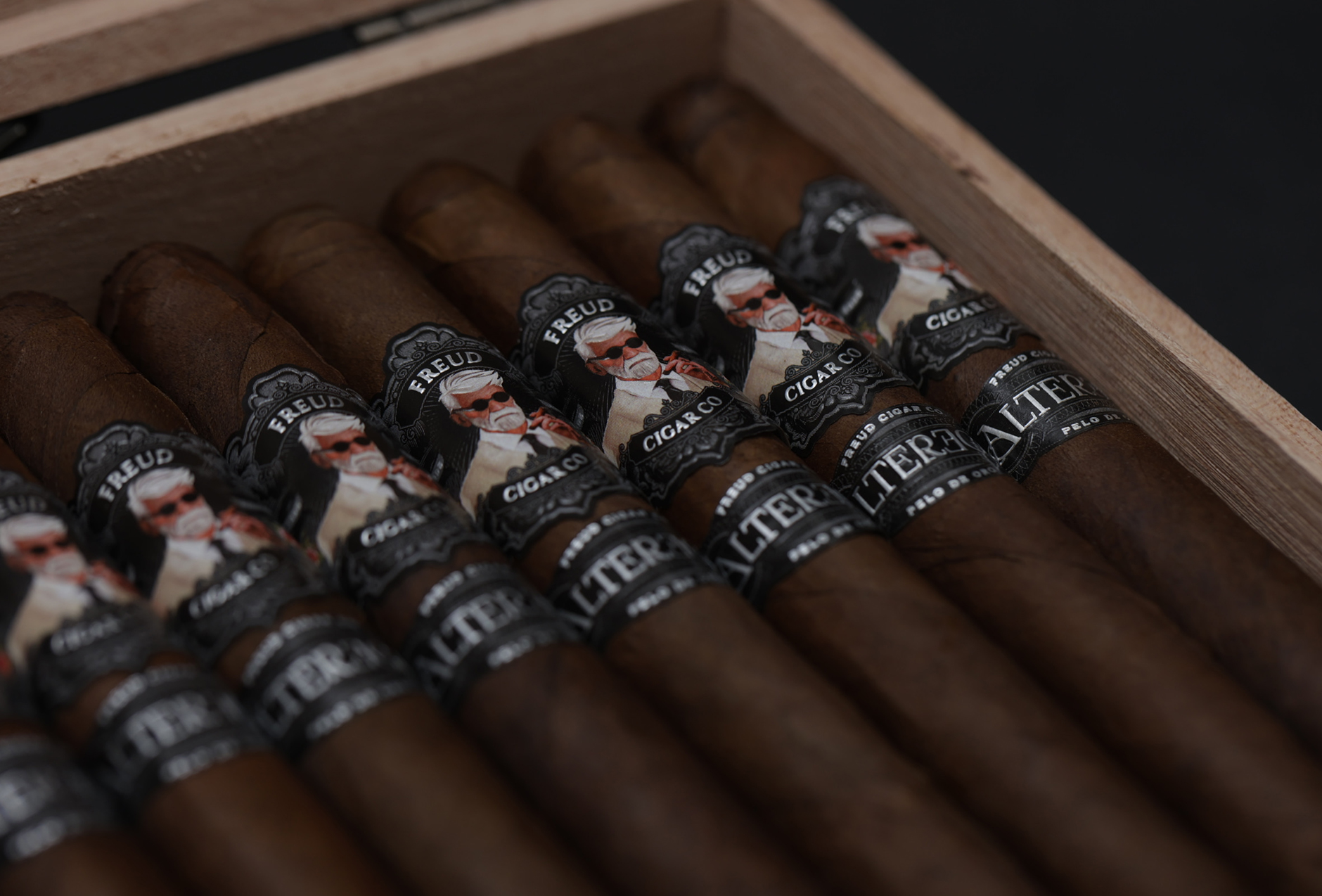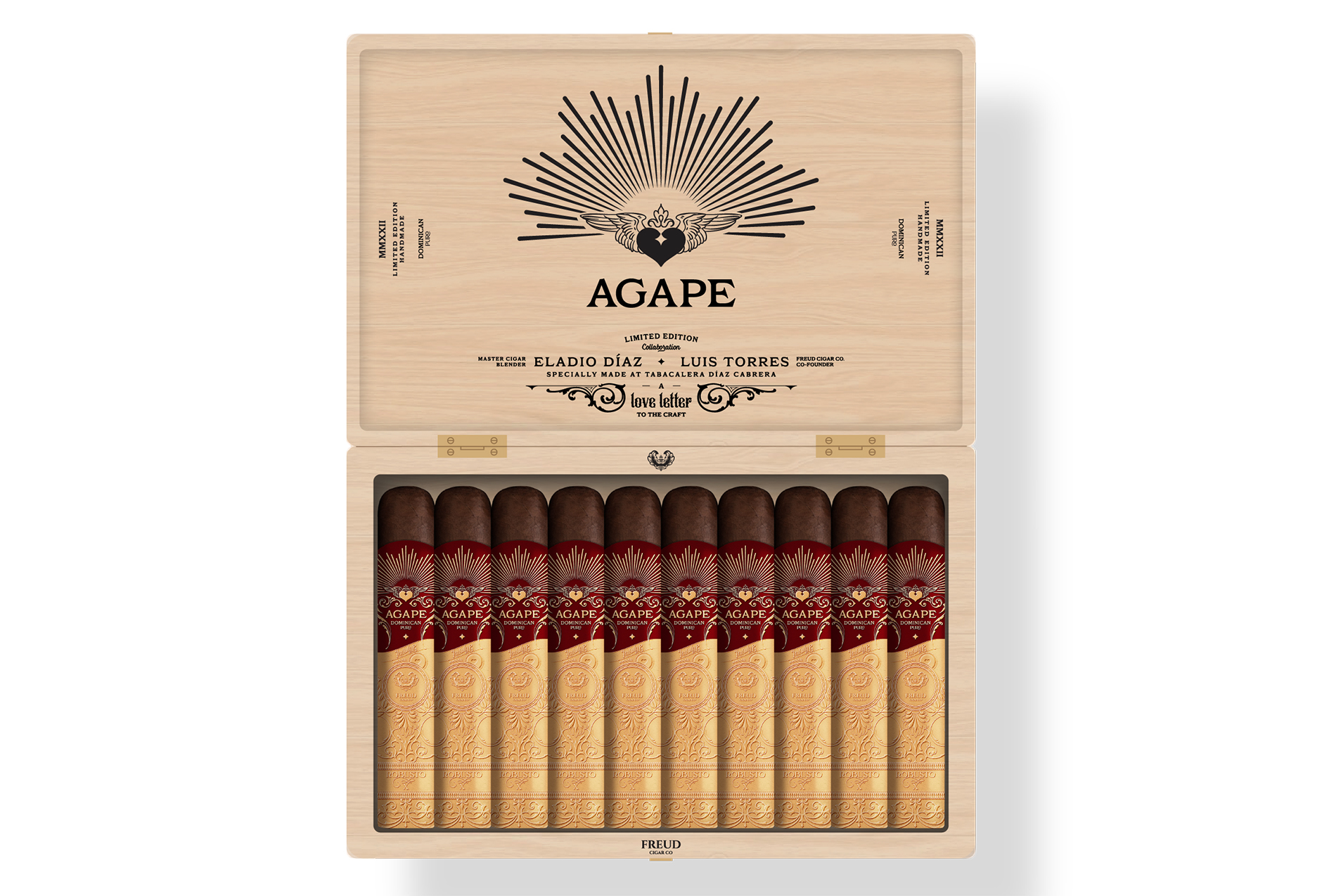A couple of weeks ago, I was rereading the Ten Questions for 2022, an article I produce annually that tackles 10 questions for the upcoming year. Specifically, I was looking at question seven—What will come out of Eladio Diaz’s new factory?
In late 2021, Diaz, the longtime production chief for Davidoff’s Dominican operations, announced that he was opening up a factory of his own. For more than a decade, Diaz has been of interest to me because Skip Martin, the RoMa Craft Tobac co-founder, once mentioned that one of the cigars Diaz made for his birthday was one of the best cigars he smoked in that year. Martin also noticed that the cigar wasn’t what most people would think of when they think of Davidoff’s eponymous brand. While it had the complexity and excellent construction, it also packed a punch in a way that—particularly at that time—was foreign to Davidoff.
Since reading that, I became interested in trying one of the Eladio Diaz birthday cigars for a long list of reasons, but at the top was the idea that I’m always curious about what the chef cooks for themselves. Whether it be for chefs, cigar makers, distillers or even car designers—I’m always curious about what a person who designs and makes products for others chooses for themselves.
It was particularly relevant in Diaz’s case as it seemed there was a disconnect between the cigars that Diaz blended for himself to smoke and the cigars that Davidoff wanted him to make. I’ve been fortunate to try a handful of Diaz’s birthday cigars over the years and can confirm what Martin wrote: they are quite good and can pack a punch.
With Diaz opening up his own factory, I was optimistic that there would be more of these blends created. The results to date haven’t met what I’d hoped, though that’s more due to the limited number of options versus than it is how the cigars smoked. To my knowledge, Diaz’s client list includes Freud Cigar Co., Luxury Cigar Club and Privada Cigar Club. The latter two of those companies are primarily cigar subscription services, though they’ve branched out to other things, including selling their cigars to other retailers. Freud Cigar Co. is a more traditional brand in the sense that its objective is to sell cigars to retailers, who then sell cigars to consumers.
Freud is named after Sigmund Freud, a noted cigar lover. The company launched with two blends: SuperEgo, which is made by Tabacalera William Ventura, and Agape, which is made at Elaido Diaz’s Tabacalera Diaz Cabrera.
Agape was a limited edition, meaning the new AlterEgo is the company’s first regular production from Tabacalera Diaz Cabrera. It uses a Mexican San Andrés wrapper over an Indonesian Sumatra binder and Dominican fillers including corojo, Havana 92, pelo de oro and piloto cubano. The company says the cigars are aged one year prior to their release, meaning that the initial batch of cigars was rolled in February 2022.
Note: The following shows the various Freud AlterEgo vitolas. Some of these cigars may have been released after this post was originally published. The list was last updated on May 13, 2023.
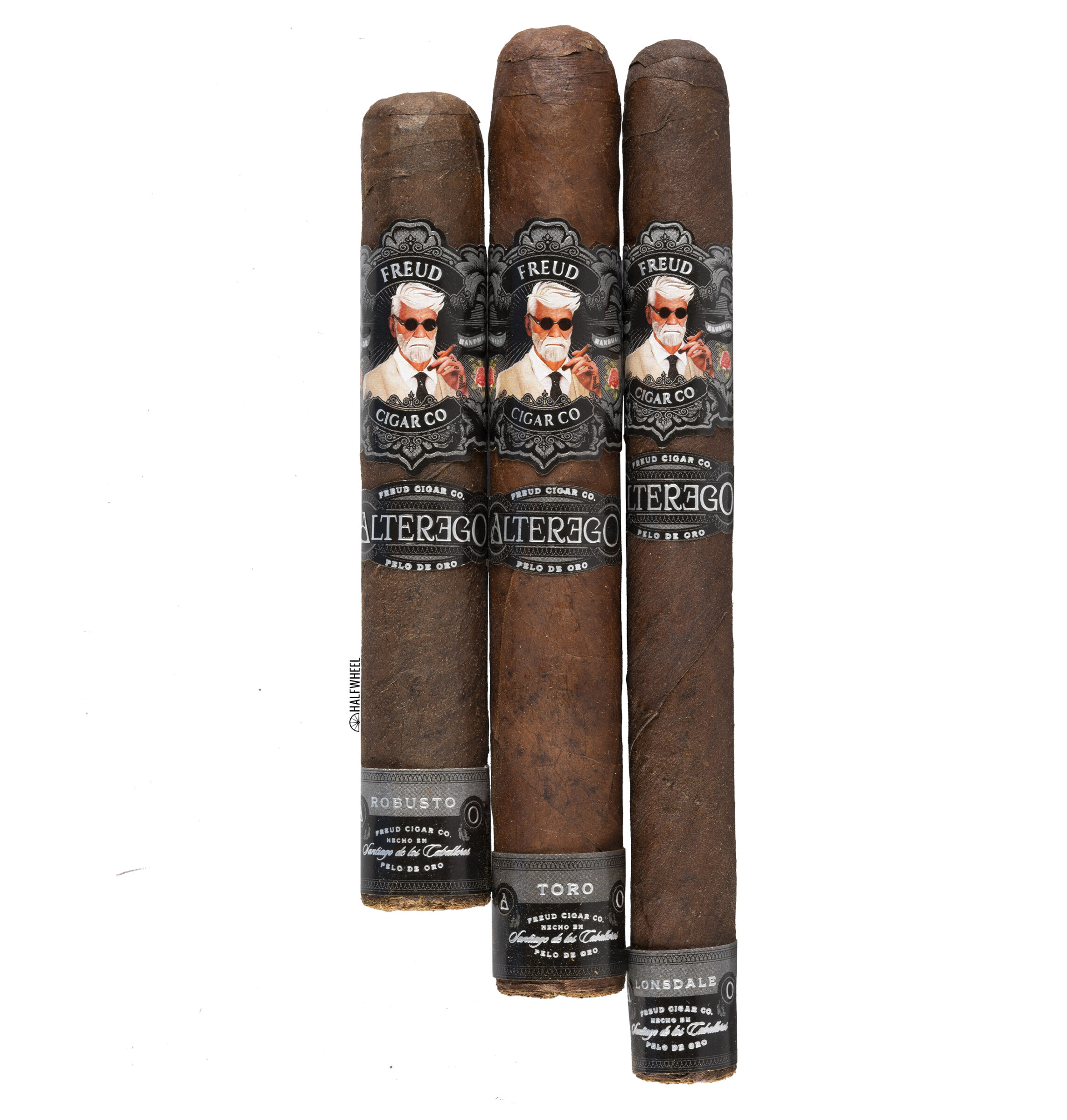
- Freud AlterEgo Robusto (5 x 50) — $26 (Box of 10, $260)
- Freud AlterEgo Toro (6 x 52) — $28 (Box of 10, $280)
- Freud AlterEgo Lonsdale (6 1/2 x 43) — $25 (Box of 10, $250)
89
Overall Score
While you can scroll up and see the price, as I write this, I do not remember the price. I do know that Freud Cigar Co. is not known for value-priced cigars and I would suspect the AlterEgo is no different. It's the elephant in the room for the company, one that Freud has clearly decided to lean into. After smoking the first two cigars, I was more or less on board with paying a premium price. The AlterEgo delivered a flavor profile that was fairly unique—certainly not one I could say has competitors in many $12 cigars—and one that was enjoyable. Unfortunately, the third cigar had a tight draw and a flavor profile that was impacted by the draw. When the price points increase to be substantially more expensive than the median cigar in the humidor—as I imagine this is—then the expectations not only increase but also make problems like the ones I experienced quite problematic. While the sample size remains small, this is the best cigar I've had from Freud, but still, I'm left wanting more.

- Cigar Reviewed: Freud AlterEgo Toro
- Country of Origin: Dominican Republic
- Factory: Tabacalera Diaz Cabrera
- Wrapper: Mexico (San Andrés)
- Binder: Indonesia (Sumatra)
- Filler: Dominican Republic (Corojo, Havana 92, Pelo de Oro & Piloto Cubano)
- Length: 6 Inches
- Ring Gauge: 52
- Vitola: Toro
- MSRP: $28 (Box of 10, $280)
- Release Date: March 2023
- Number of Cigars Released: Regular Production
- Number of Cigars Smoked For Review: 3
Each cigar has a very dark wrapper with some red colors but lots of near-black mottling. One cigar has a large dark spot, a photograph of which you can see in the Final Notes section below. I’d be remiss if I don’t mention the bands; there’s a lot of them and a lot going on when it comes to design elements. The most prominent feature is a cartoon of a dapper-looking Sigmund Freud smoking a cigar, one that really pops out of the Nardo gray-like color; the AlterEgo logo, complete with an Eminem-like reverse E; and a foot band that has the size on it. I could have done without the foot bands, especially given that these aren’t the easiest bands to remove. Even though the cigars come in cellophane, I struggle to find much of any aroma from the wrappers. It’s a mild aroma and the scents are like generic tobacco and paper. The foot is closer to mild than medium, though I’m able to find some Spanish cedar scents over cocoa and a tiny amount of harshness. Cold draws are just over medium, some floral flavors accented by earthiness, black tea and a touch of a pretzel-like saltiness.
While it’s not as noticeable on the second and third cigars, the very first thing I notice after lighting my first Freud AlterEgo Toro is that the smell is unpleasant. It’s a bit like an ashtray, just a lot of burnt aromas. Flavor is better with lots of different woody sensations—the smell of pine bark freshly removed from a tree, plywood and some workshop smells all emerge—over earthiness. While there’s plenty of smoke coming from the foot, there’s not as much as I’d like in the mouth. The second and third puffs rectify the smoke production issues. The profile remains very woody, now with some saltines as an accent. Secondary flavors include earthiness and nuttiness over some rosé-like flavors, a mild sweeter floral and some dryness. It’s an incredibly smooth profile, almost to the point where it seems like some tertiary flavors might get lost in the smoothness. The finish has salty wood flavors and earthiness over creaminess, nuttiness, saltiness and leather. One cigar has an herbal flavor on the finish, but it integrates itself quite well. Retrohales have leather, dry crackers and some unsweet floral flavors. There are two large changes from the main flavor: there’s no woodiness and the texture is a lot thinner, at least until the finish, when a velvety texture accompanies nuttiness and some sweeter floral flavors. Flavor is medium-full, body is medium-full and strength is medium. The draw is a tad bit tight but it doesn’t seem to be hampering things too much. At times the combustion dips slightly, but a few quicker puffs in succession quickly fix that.
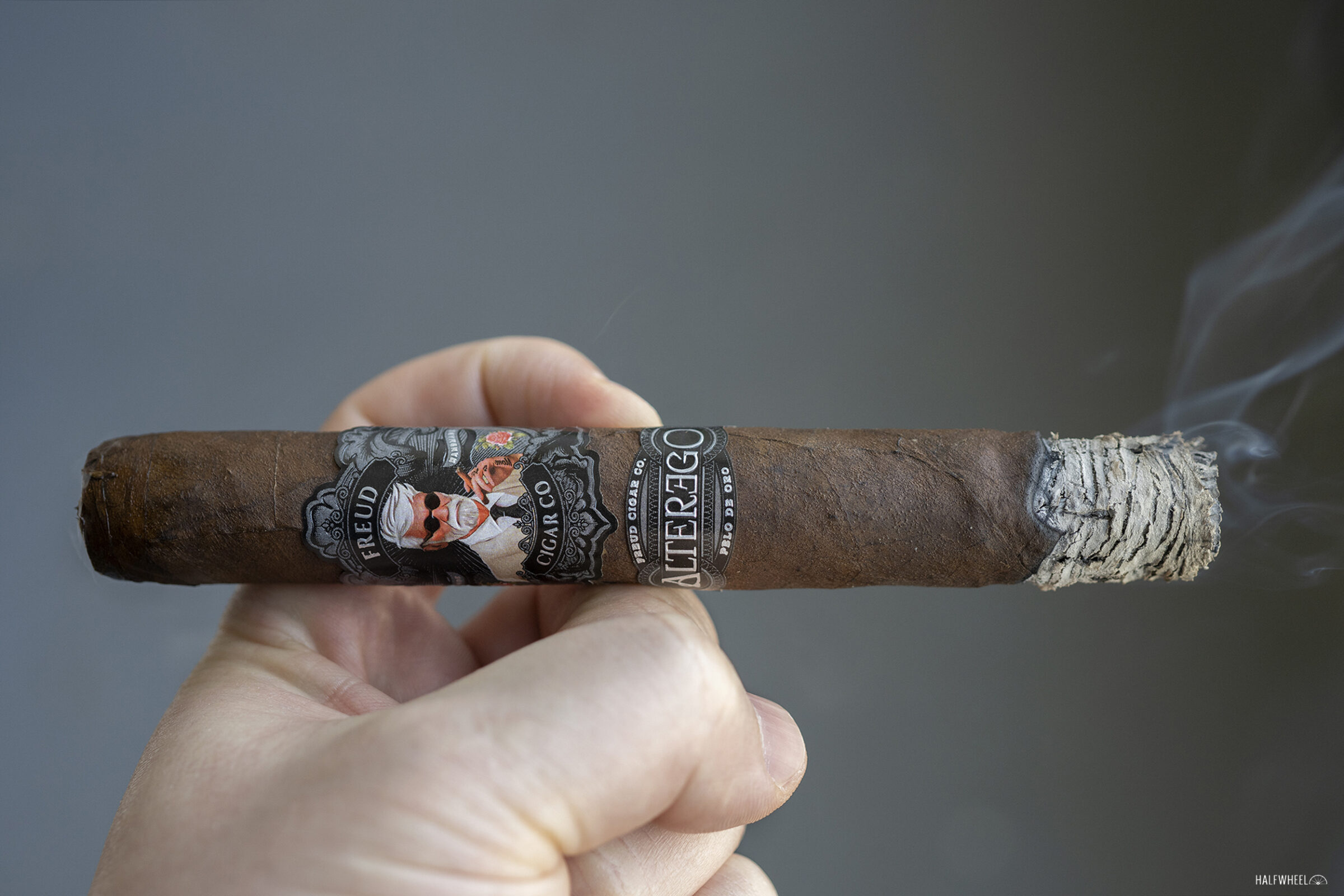
Before the halfway mark, the woodiness begins a rapid decline in intensity and very quickly exits the profile. Earthiness edges out nuttiness as the main flavor, on top of creaminess, some olor-like muteness and bitter floral flavors. The finish is dominated by earthiness, though I find some very sweet, almost Hi-C-like citrus notes at a the tail end. While the profile remains quite smooth, I don’t find as much clarity in the flavors as before. Retrohales have floral flavors that are semi-sweet, certainly not as sweet as before, along with hay, earthiness, woodiness and a unique tingling sensation. They finish with lots of woody and earthy flavors, though the best part is a unique date sweetness on the side of the tongue. Well, at least the first and third cigars. The second cigar I smoke has none of the dates and instead has a massive uptick in nuttiness over some black pepper and campfire flavors. Regardless of the flavors, the retrohale’s finish is stronger than the retrohale itself. Flavor is medium-full, body is medium-full and strength is medium. Construction is pretty similar to the first third, all cigars have tight draws, though only the third cigar seems to be paying the price for it, which makes sense given that it’s much tighter than the other two.
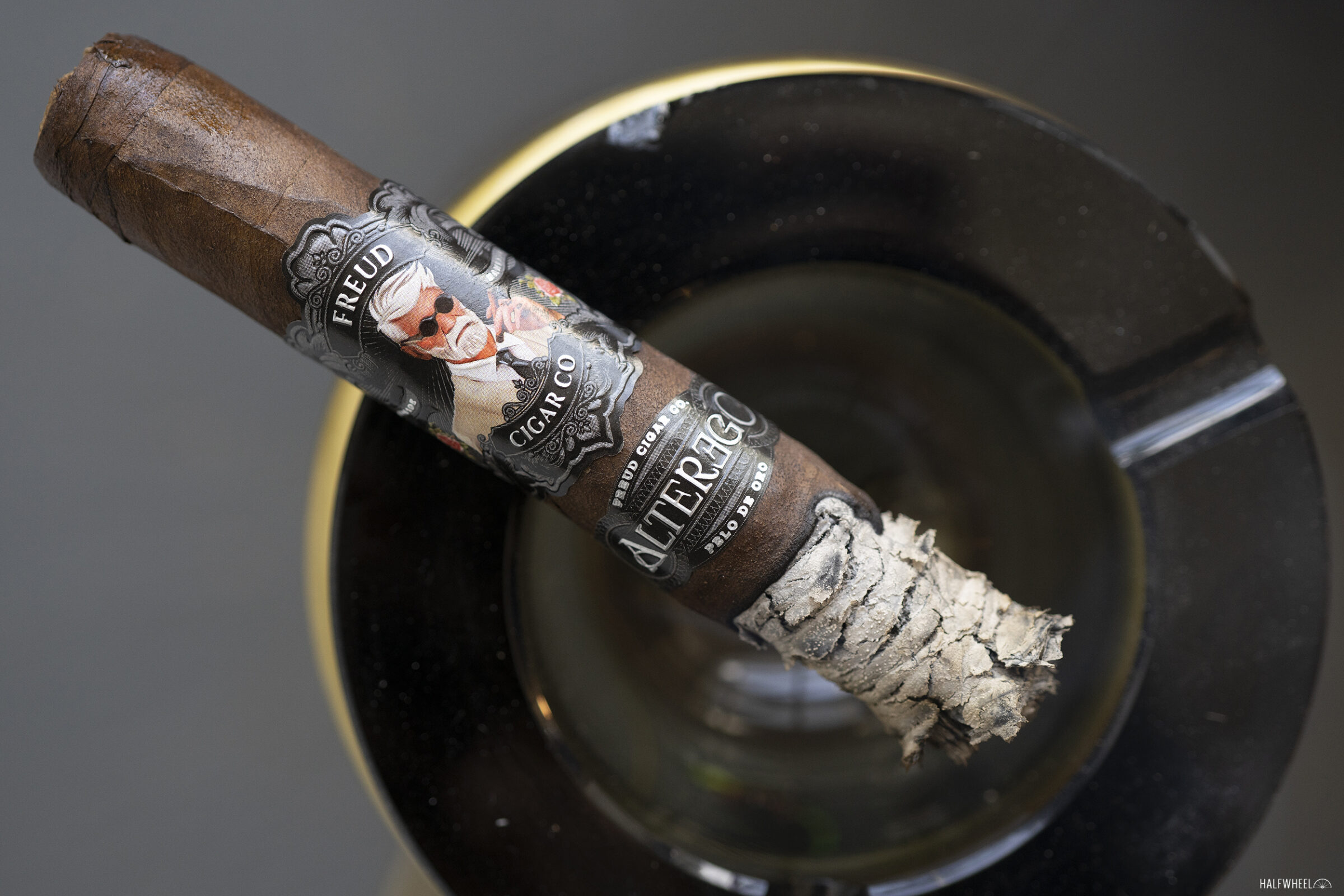
The Freud AlterEgo Toro is generally led by earthiness in the final third, with a sharp toastiness serving as an ever-present accent. The third cigar I smoke is much more affected by the tight draw and delivers a profile that has an even sharper toastiness as the strongest flavor; atop oak, bitter creaminess and herbal flavors, everything is quite intertwined. The finish is pretty similar to when the smoke is in my mouth, though toastier. If I didn’t know any better, I would be pretty convinced that the first cigar went out recently and needed to be relit because it has a lot of the flavors that I find when a cigar has gone out and needs to be relit. Oddly, it eventually does need to be relit, which makes no difference in the profile. The second cigar adds some cannabis-like herbal flavors to the finish, while the third cigar just gets sharper. The saving grace for each cigar is the retrohale. It’s a medium profile with sweet floral and cake batter flavors. Whether or not you like sweeter flavors in your cigars, the contrast provided the retrohales really helps to counteract the toasty and sharp flavors that otherwise overwhelm the final third. The retrohale finishes as a hybrid between the two, seeing the toasty earthiness join and eventually overwhelm the sweeter flavors. Flavor is medium-plus, body is medium-full and strength is medium-plus. One cigar is able to avoid any touch-ups in the final third, another cigar needs the touch-up because the only way to keep the cigar lit was to puff every 20 seconds or so, which destroys the flavor profile, the third cigar requires a full relight.
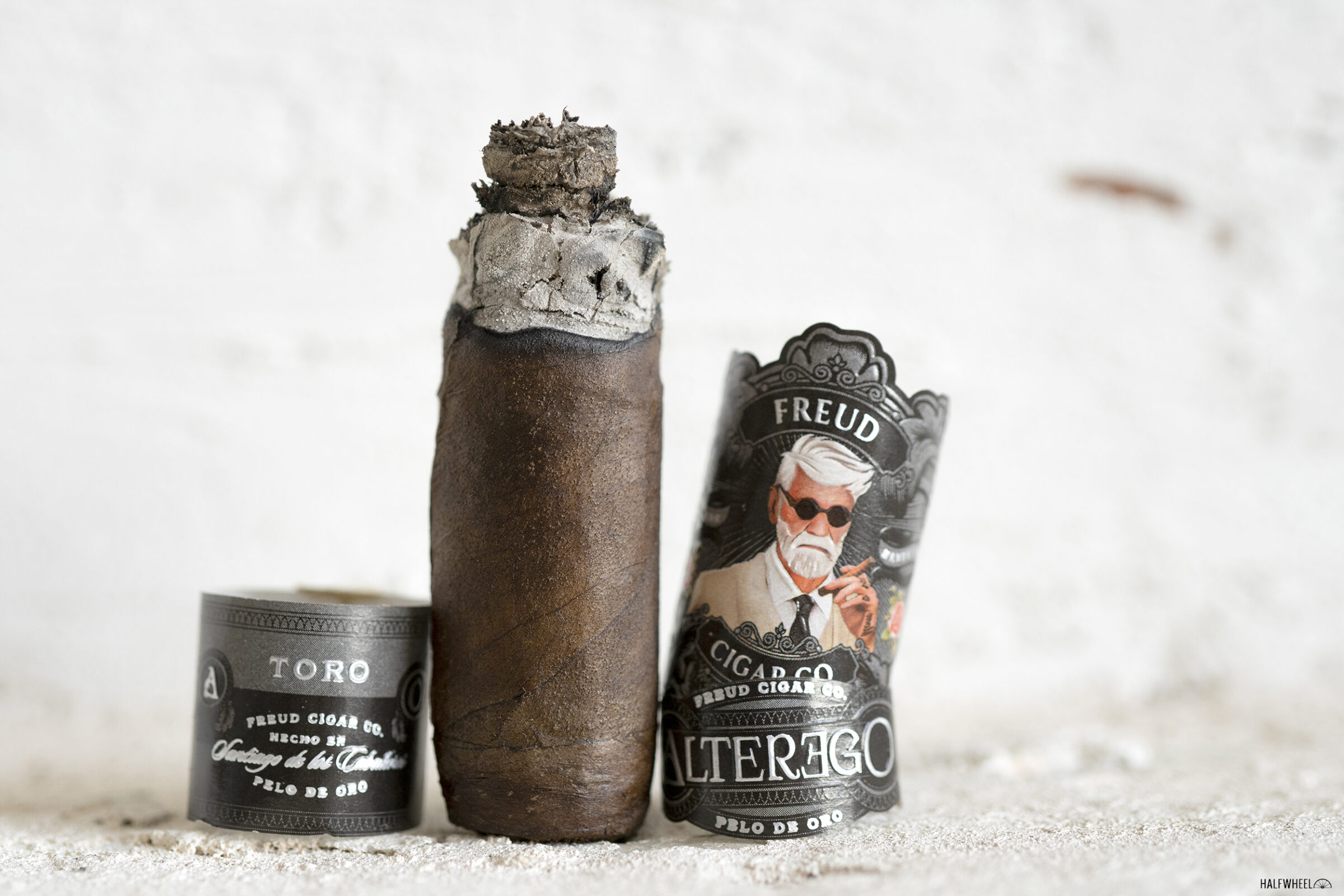
Final Notes
- If you are thinking you’ve heard of a cigar with a similar theme but not from Freud Cigar Co., there are two obvious options. Felix Assouline has a cigar called Ego and Kretek’s Ventura Cigar Co. has a brand called Archetype which is inspired by Joseph Campbell and Dr. Carl Jung. There is also the SuperEgo, another line from Freud.
- Trying to slide the main band off was quite difficult. I ended up having to use a utility knife to get the band dislodged from the wrapper. This was a pretty consistent theme as the band typically had either glue on the inside or sometimes even on the outside.
- My annoyance with the bands was amplified because there were three of them and I’m not sure any of the nine were flawless in terms of glue or how easily they were removed.
- That said, I think they are very well done. I still have a soft spot for this shade of gray—it reminds me of Audi’s Nardo gray—I generally like the typography and the cartoon of Freud is extremely well done.
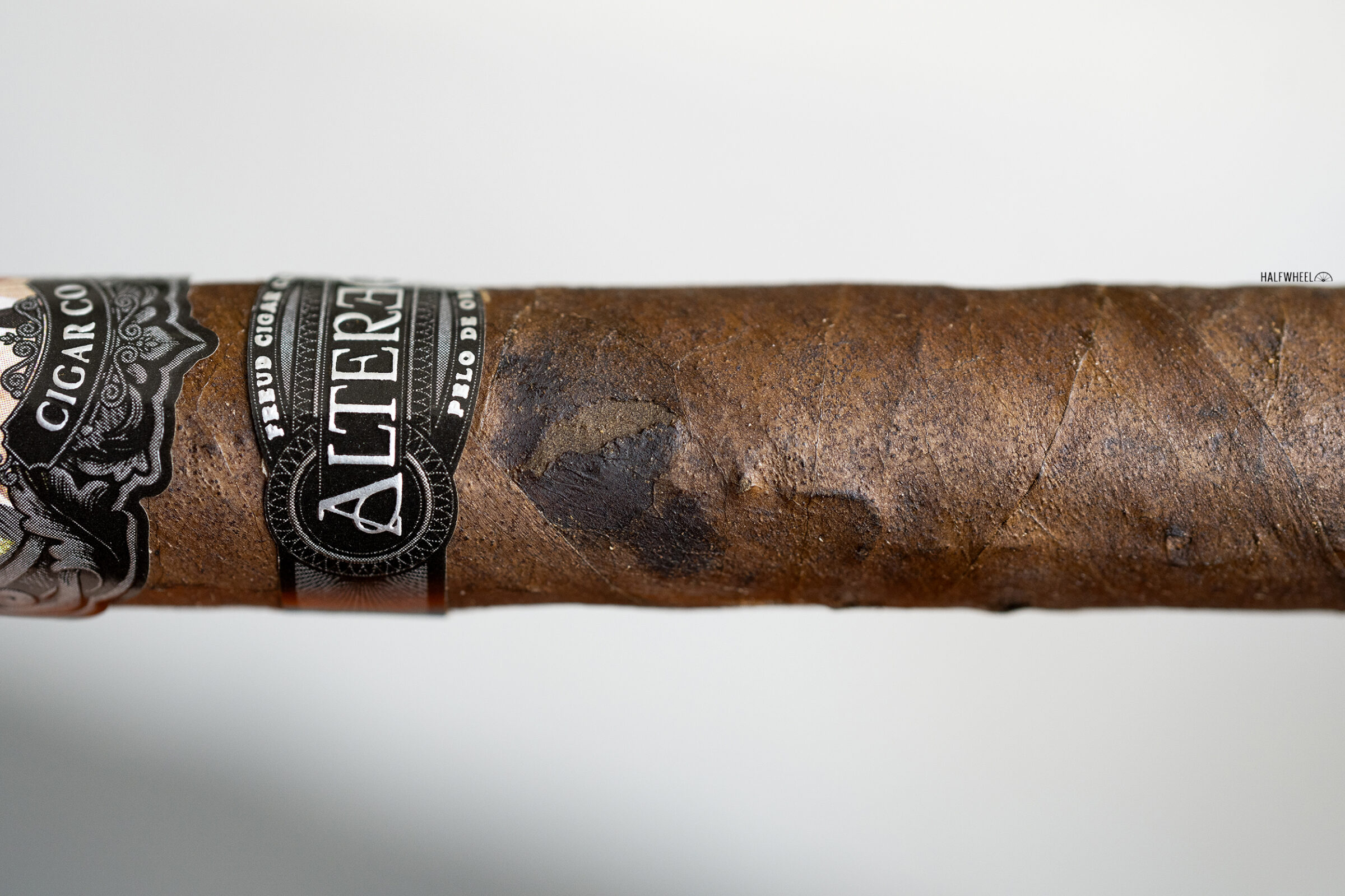
- One cigar has a massive black spot, almost like a dog’s coat with the only thing breaking it up being a piece of tobacco missing. It looks a bit like a patch job, but it was in fact a tear or hole.
- The third cigar I smoked had a tight draw that was in part due to a hard spot about an inch below the cap. While the individual flavors I found are quite similar, they presented themselves in a manner where they were much more bitter and less harmonious. I didn’t have any issues with not getting enough smoke or needing to relight the cigar, so I didn’t deduct any points for the tight draw itself, but the flavor portions did not score as high as the other two cigars.
- I found the second cigar, the one that needed the touch-up in the final third, to taste like asparagus until I made the correction with the lighter. I suppose if the cigar is not combusting properly, anything is possible.
- For me, the most enjoyable part of the cigar was the first third thanks to its smoothness and balance. If you aren’t retrohaling, the final third is easily the worst.
- Cigars for this review were purchased by halfwheel.
- Final smoking time was around two hours and 20 minutes.
- Site sponsor Atlantic Cigar Co. carries the Freud AlterEgo Toro.
89
Overall Score
While you can scroll up and see the price, as I write this, I do not remember the price. I do know that Freud Cigar Co. is not known for value-priced cigars and I would suspect the AlterEgo is no different. It's the elephant in the room for the company, one that Freud has clearly decided to lean into. After smoking the first two cigars, I was more or less on board with paying a premium price. The AlterEgo delivered a flavor profile that was fairly unique—certainly not one I could say has competitors in many $12 cigars—and one that was enjoyable. Unfortunately, the third cigar had a tight draw and a flavor profile that was impacted by the draw. When the price points increase to be substantially more expensive than the median cigar in the humidor—as I imagine this is—then the expectations not only increase but also make problems like the ones I experienced quite problematic. While the sample size remains small, this is the best cigar I've had from Freud, but still, I'm left wanting more.
I am an editor and co-founder of halfwheel.com/Rueda Media, LLC. I previously co-founded and published TheCigarFeed, one of the two predecessors of halfwheel. I have written about the cigar industry for more than a decade, covering everything from product launches to regulation to M&A. In addition, I handle a lot of the behind-the-scenes stuff here at halfwheel. I enjoy playing tennis, watching boxing, falling asleep to the Le Mans 24, wearing sweatshirts year-round and eating gyros. echte liebe.







